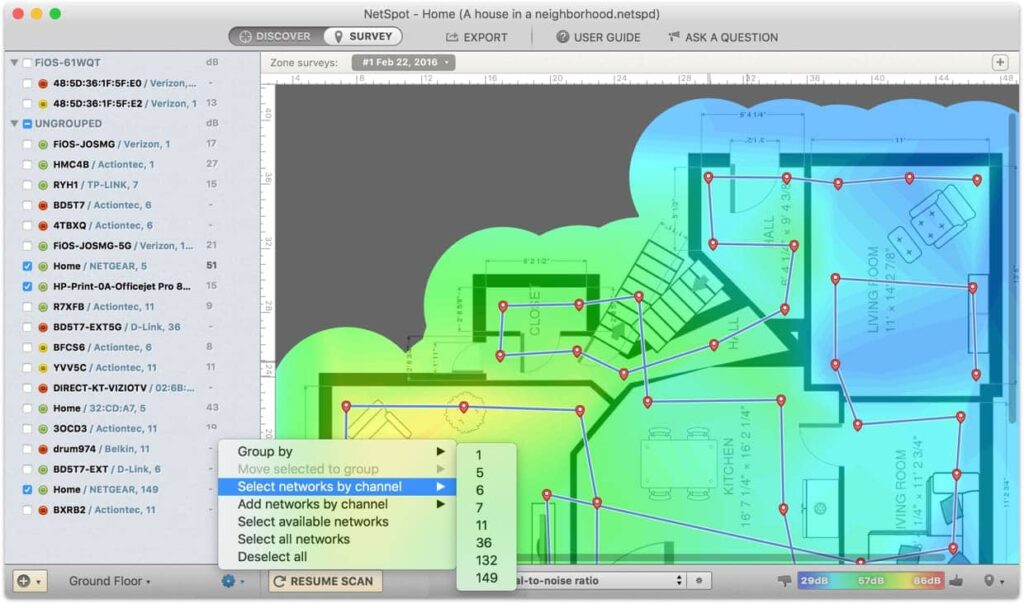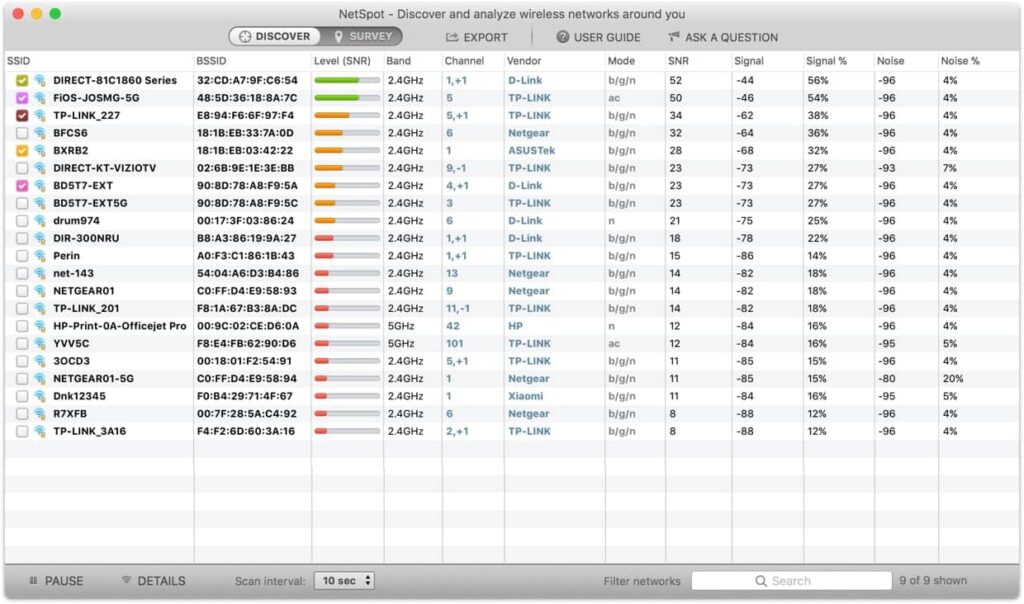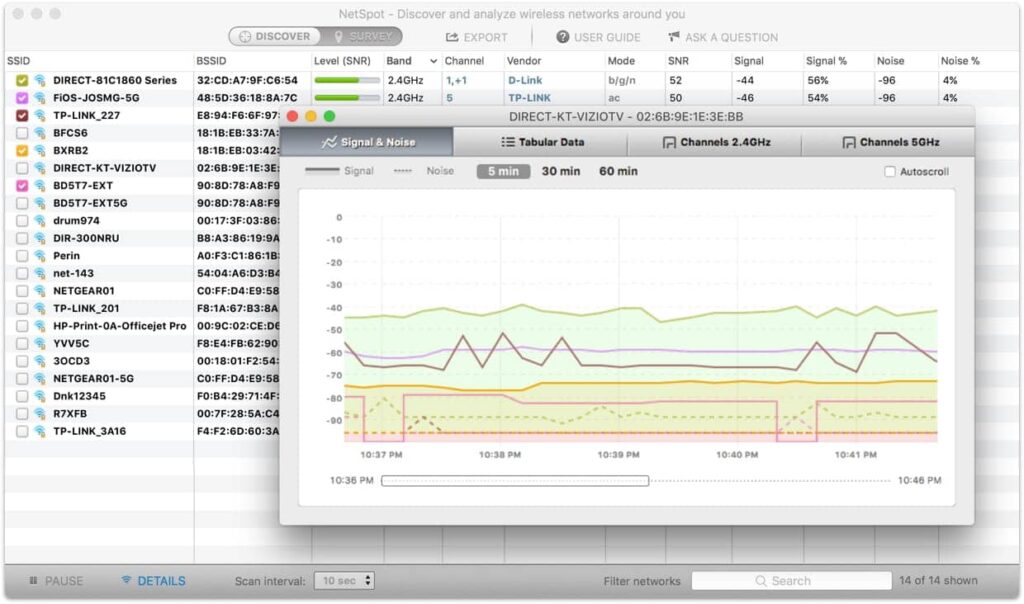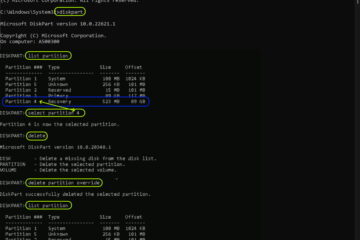How to Find the Best WiFi Channel
There are several ways to achieve excellent WiFi performance. You can move the router to a more central location, you can remove WiFi inhibiting obstacles, you can update your router, use a WiFi channel scanner, and more. However, one option that people often overlook is changing their WiFi channel. Most people don’t consider WiFi channels because when they get a new router, they just plug it in and go. We often don’t think to change our WiFi channel until we start encountering performance issues and have already played around with other solutions.
What Are WiFi Channels?
Put simply, WiFi channels are smaller bands within WiFi frequency bands (2.4 GHz or 5GHz). Your wireless network uses these smaller bands to send and receive packets of information (data). Typical home routers have two frequency bands to choose from, and depending on which band you are using, you will have a different number of WiFi channels available to you. If you are using the 2.4 GHz band, then you will typically have 11 WiFi channels to choose from. If you are using the 5 GHz band, then you have considerably more channels to choose from, at 45 channels.
Some WiFi bands are better than others due to two types of interference, co-channel interference, and adjacent channel interference. Co-channel interference is when too many devices are competing to talk on the same channel at the same time. With adjacent channel interference, devices on overlapping channels are attempting to talk over each other and creating a lot of noise. Some channels are more vulnerable to interference than others. When you’re using a channel with a lot of interference, your WiFi performance is poor, and trying to stream videos or even browse the web can become frustratingly slow.
The issue lies in how WiFi channels are laid out in the 2.4Ghz band. Each channel is 20 MHz wide, however, they are all marked at the center of the channel. There is therefore only a 5MHz gap between channel centers. This means that several channels overlap and interference is more likely. For example, channels 1 and 2 overlap by around 75%. The only channels that don’t overlap with each other are channels 1, 6, and 11, and that’s why these channels are typically recommended for people looking for the best WiFi channel.
How to Find the Best WiFi Channel with NetSpot
One of the best ways to find the best WiFi channel is to use a WiFi channel scanner, like the one provided by NetSpot. NetSpot specializes in WiFi analysis and performance-boosting. Alongside a WiFi channel scanner, the NetSpot app also offers a WiFi site survey, heat mapping, and more.
Here’s how to find the best WiFi channel with NetSpot:
- Download and install NetSpot for your Windows or Mac device.
- Next, launch the NetSpot app. You will see two tabs, Survey and Discover. The Survey tab is where you can perform a WiFi site survey, but for now, you want to click on the Discover tab so you can use the WiFi channel scanner.
- You will now see all of the WiFi networks in your area. Click on the channel tab to sort the WiFi networks by channel.
- By looking at the results, you should be able to easily identify which non-overlapping channels are the least utilized (and therefore will have the best performance).
How to Change the WiFi Channel
Once you have identified the best WiFi channel for your network, now you need to configure your router to use this channel. When following these instructions, it’s important to note that all routers are different. These are general instructions that should work for most routers, but we can’t guarantee that these steps will be the same for every router. With that out of the way, let us configure your router to the best WiFi channel.
- Type your router’s IP address into the address bar in your web browser. and hit enter If you’re unsure how to do this, then here’s a quick recap:
- For Windows users – In the Command Prompt app type ipconfig and hit enter. Your system will then give you your router’s IP address in the Default Gateway section.
- Mac Users – There are two ways to do this on Mac, but we’re going to tell you the one with fewer steps. Open the Terminal app in your Applications folder. Type -nr|grep default and hit enter.
Your IP address will show next to the “default” line.
- If you are hit with a warning screen, then click “Advanced” and then “Proceed” to progress.
- Enter your login credentials.
- Open the Wireless Settings menu. The name may differ depending on the router.
- You should see a drop-down menu under the “Channel” section. Select your desired channel and you’re good to go!






0 Comments